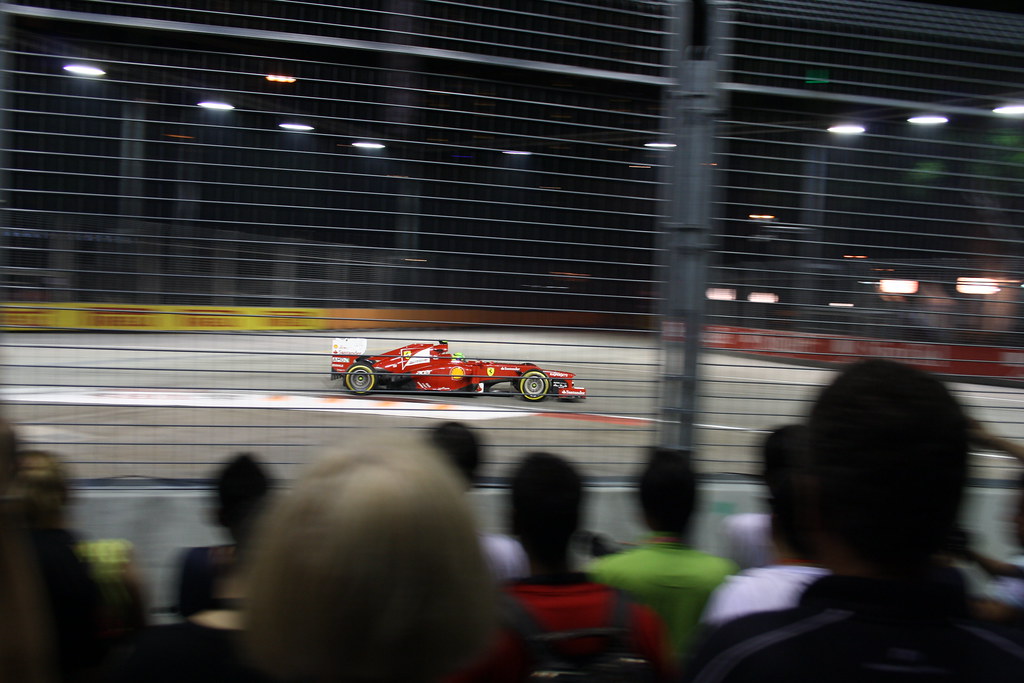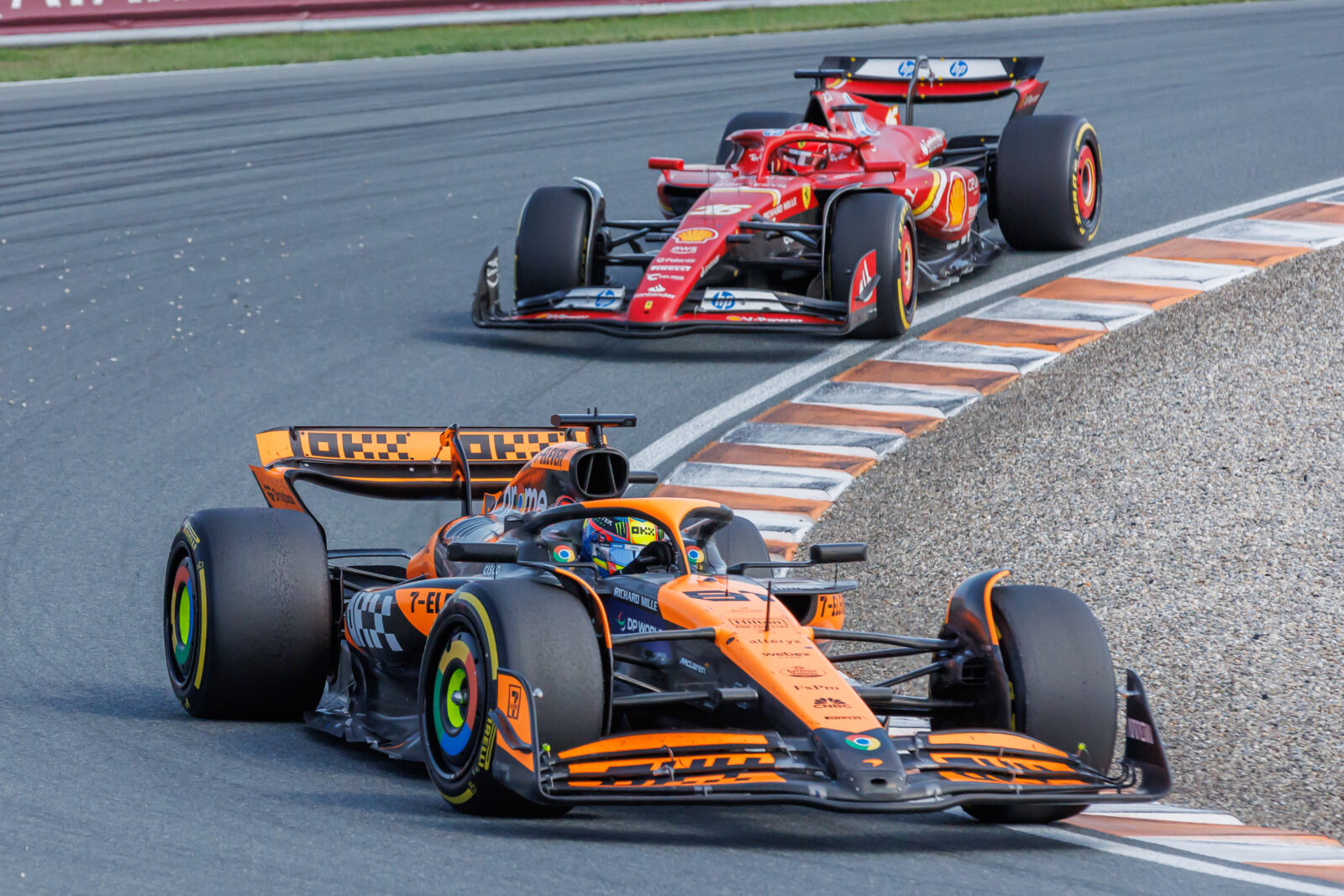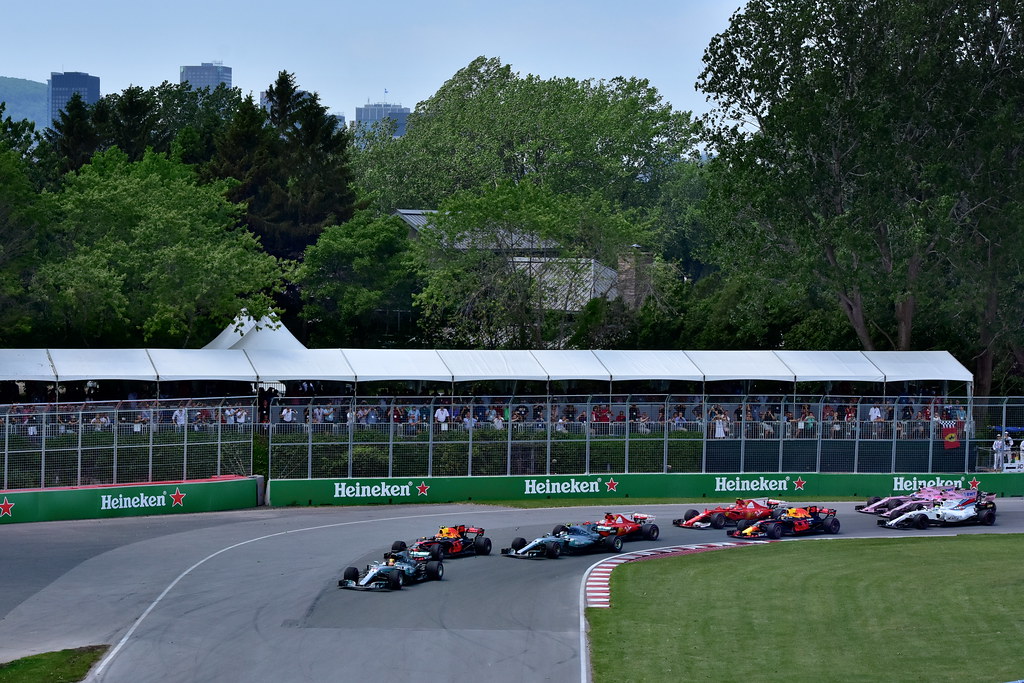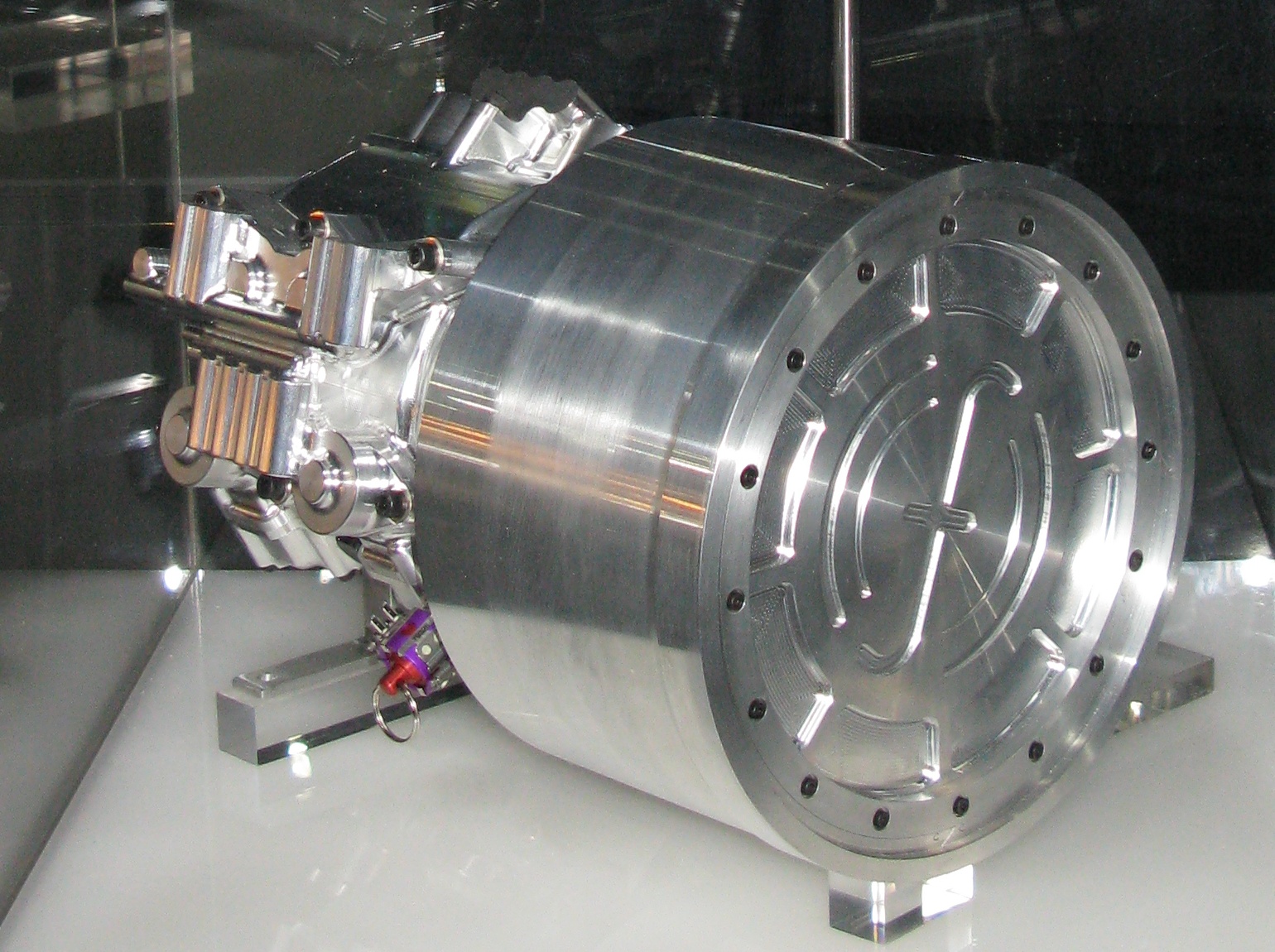Formula 1 involves complex technologies that can baffle fans, especially beginners. The Energy Recovery System (ERS) is one such term. The ERS is absolute innovation, a complicated system, strategic action, and speed advantage. But what exactly is it, and how does it affect the race? In the long run, it can make or break a race. And here is why.
But first, pick any of the Formula 1 car technologies you like. All are designed to help the driver race smoothly and safely at the limit of the car’s performance. So, how does an F1 driver go faster when he is already at top speed? This is where ERS comes in.
What is ERS in Formula 1?
The absolute innovation
In its time, ERS was the modern technology whose introduction in 2014 was driven by the need. The technological process had evolved, and F1 had moved to hybrid power units, from naturally aspirated to turbocharged V6 engines.
The question then arose. How could the energy lost by F1 cars during braking be recovered and converted into power for the electric motor to increase the car’s performance?
The answer was the Energy Recovery System, which reduces dependence on the internal combustion engine. Therefore, the ERS in Formula 1 complemented the V6 engines.
As a result, new Formula 1 cars became faster and more efficient, even though the feature added significantly to their price. But there was a reason for that.

The Complicated System
The reason was the complexity of the ERS mechanism, which is equipped with sophisticated technologies: Motor Generator Unit – Kinetic (MGU-K), Motor Generator Unit – Heat (MGU-H), Energy Storage System (ESS), and Control System.
How does the ERS work in F1?
- The MGU-K captures kinetic energy when the driver brakes and converts it into electrical energy stored in the battery. So when the driver accelerates, the MGU-K also acts as a motor, providing extra power.
- The MGU-H recovers heat energy from the exhaust gases and converts it into electrical energy that the car can use to charge the battery or directly assist the engine by powering the turbocharger and reducing turbo lag.
- The ESS consists of a lithium-ion battery and stores the electrical energy recovered by the two MGUs. This energy can be used when the driver needs maximum power for an attack. The correct functioning of the batteries guarantees that the rider gets this boost.
- The ERS CS (Control System) or ERS Assist button. Drivers activate ERS by pressing the ERS Assist button on the steering wheel. It releases stored electrical energy to provide an immediate boost at critical moments, such as setting the fastest lap time in qualifying.
With ERS, Formula 1 cars became more efficient because they harvest energy. That is the secret of their power.
The ERS Gives the Speed Advantage
How much horsepower does the ERS provide? It depends, but typically, the MGU-K delivers 160 hp (120 kW) for about 33 seconds of the race before the battery (the ESS) needs to be recharged by the MGU-H or through regenerative braking. Yes, it takes time to recharge the batteries.
So, when drivers actively use ERS in qualifying, they run 1-2 laps to recharge before the final full-throttle attempt. The power delivery then improves lap times, making ERS a vital tool for securing a better starting position on the grid.
Consider the Ferrari drivers who often secured pole positions in qualifying despite being second fastest to Red Bull. Charles Leclerc and Carlos Sainz recharged their batteries before the final super-push.
Consider the battle between Aston Martin’s Fernando Alonso and Red Bull’s Sergio Perez at the 2023 Brazilian Grand Prix. Alonso didn’t attack immediately but prepared by conserving energy for a few laps, called ‘harvesting mode,’ and then made a super push to overtake the even faster Red Bull.
The extra speed, acceleration, and power give mid-drivers like Alex Albon a chance to score points in the slowest Williams car.

The Strategic Action
So, the driver uses the ERS in:
- Overtaking: To gain extra speed and pass competitors.
- Defensive driving, including leading laps: To maintain position against an approaching driver.
- Qualifying: To achieve optimal lap times by maximizing power output.
However, it is a powerful tool that forces teams and drivers to implement the system into their race strategy.
ERS strategy is the thoughtful planning of how and when to use stored energy to optimize a car’s performance and even outperform the competition based on race conditions. It can mean the difference between winning and losing.

At the Practice:
Think about the 2023 Singapore Grand Prix. On the challenging Marina Bay street circuit, drivers rely on aerodynamics and traction, where energy management between high speed and tire degradation is critical.
For example, Ferrari’s Carlos Sainz showed brilliant drive, particularly in his defensive driving and strategic use of ERS.
Starting from pole position, Sainz controlled the race, using ERS to maintain his lead and balancing its use to fend off pressure. By recovering battery power on slower sections, he ensured he had enough boost for critical moments.
When challenged by Lando Norris, George Russell, and Lewis Hamilton, Sainz used his ERS to defend in key overtaking zones, successfully keeping his rivals at bay and winning the race.

What’s more?
F1 fans often confuse ERS with DRS. While both are designed to improve performance, the difference is that DRS is about adjusting the rear wing to increase speed, but only in certain zones, while ERS provides a power boost by recovering energy and converting it into electrical power during the race.
ERS is similar to the Kinetic Energy Recovery System (KERS). Introduced in 2009, KERS was a shift to electric power but was slightly ahead of its time.
Like ERS, F1’s KERS recovered energy to power the electric motors. However, the main difference was that the MGU-K (ERS) energy is always electrical, while the KERS can be electrical or mechanical.
Being cheaper, the KERS was too large and heavy, lagging behind the ERS in overall performance. That’s why KERS is not currently used in F1, but the technology is evolving, and engineers are revising old designs.
However, ERS will be more important in Formula 1 cars from 2026. The sport is moving towards electric motors, and the new rules allow for more electric power, while ERS will be 3 times more powerful.
Thanks to RTR Sports Marketing for providing the knowledge base for this post.



